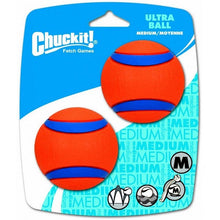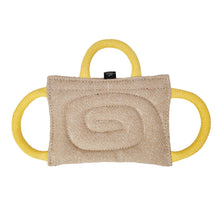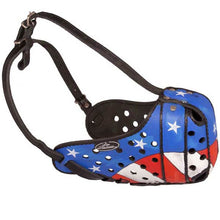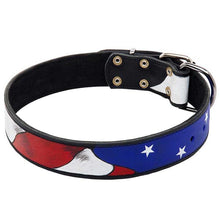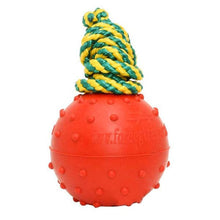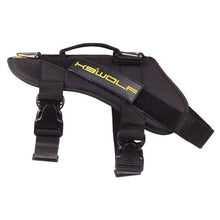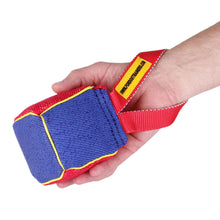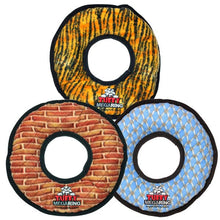Your German Shepherd Puppy: 8 Weeks To 1 Year Old
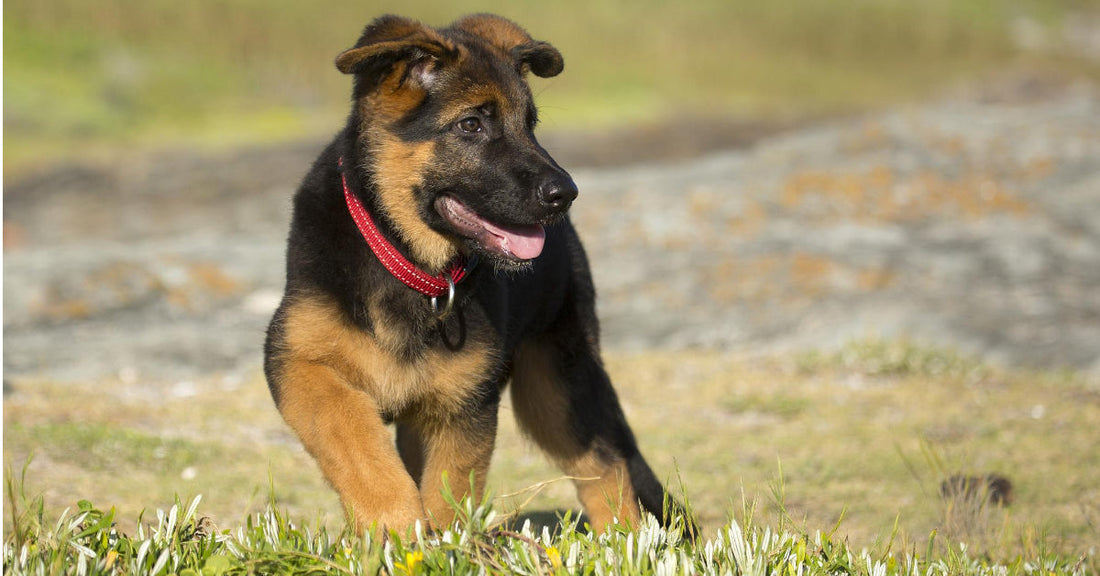
If you're interested in what the progression of your puppy from 8 weeks to 1 year should look like, and how to achieve it; you've come to the right place.
If you're expecting a timeline of what achievements you should hit at specific times, this isn't it. All puppies and dogs learn at different rates based on everything from the drive level, interests in reward, your level of training skill etc.
Instead of focusing on what tricks and obedience positions your puppy learns, focus on building a relationship with your puppy. Millions of people have adult dogs who won't let them cut their nails or bathe them and must go to a professional groomer. There's nothing wrong with using a groomer's services, but if you must because your dog won't allow you to, it's because you didn't bond with the dog and condition it as a puppy.

To begin building a foundation takes a lot of treats, time, socialization, conditioning, and focus training to get engagement.
Let's start with socialization. Socialization doesn't mean you let your puppy play with random dogs and strangers. It's quite the opposite. Socialization means you desensitize your puppy to the presence of other dogs and people to the point it doesn't acknowledge them. Other dogs and people become background noise that they're uninterested in.
If you view socialization as getting a puppy to love everything, everyone, and every dog they see, you won't have their engagement. If you don't have their engagement on you, they aren't going to listen to you. You'll be the owner who gets drug down the street every time your dog wants to say "hi" to a stranger or new dog. Not only that, but not every stranger is friendly, nor is every dog. It's better to train your puppy to completely ignore everything except you on your walks.

Since we've brushed up on what socialization should be and why, let's get into engagement. Engagement means that your dog looks to you. When you say their name, you have their undivided attention. They are looking at you, waiting for instruction. If you've ever had a dog, not come when called, 9 times out of 10 it was doing something it deemed more engaging than looking to you. That means to your dog, that other thing they were doing was more important than anything you had to say or wanted them to do. That becomes life threatening if a dog deems that engaging with the dog across the street is more important than coming when called.
So how do you build engagement? Well, thankfully, it's easy! Start from day one by saying your pup's name. If they look at you, click your clicker or say "yes" and give them a treat. If they come to you, even better, give them a treat for looking at you, and another for coming. Your job is to court their attention and reward every time you get it. Before long, your puppy will look to you for everything. Once that happens, training can begin. If you skip this step, you will notice that during training your puppy may sit for you, take the treat, then decide to run around or sniff the ground etc. Those things means that training will take longer because you don't have engagement.

Now that you've gotten the engagement you need, start training by making everything a learning experience and a game. You should be upbeat and excited. When you teach your dog to sit, mark the behavior with a click or a yes and reward with a treat excitedly. This only serves to increase engagement. You're not only a treat machine, you're also a fun friend. The more fun you are, the less fun distractions are.
You can even begin to blend this into socialization. For example, your puppy sees another dog being walked across the street and starts to focus on them. You call their name, they look at you because you give treats for engagement, and you're way more fun than playing with another dog they don't even know across the street. This is the corner stone of having a dog who obeys commands every time, and not just when there's no distractions around or when they feel it's convenient. We've all either said, or have heard people say "Well, he usually does it when it's just us!" Or "He does it every time at home!".

Remember, while you're building this bond, trust, and engagement, you also need to start conditioning your puppy. Pick up your puppy’s paw, then mark the behavior with a positive marker (a click or "yes") and give a treat. Lift your puppy’s tail and do the same. Lift all 4 paws. Open the mouth. Check their ears. Touch their undersides. Open their eyes... gently of course. This is the time to condition your puppy to being examined, medicated, temperature checked, bathed, nails clipped or dremeled etc.
Lastly, during this time, you should be trying your hardest to build drive to play tug with a ball on a rope or tug. Food is great, but many dogs have more prey drive than food drive. If you have such a dog, a ball on a rope or tug is a powerful training agent. It also helps build a bond because puppies love food, but puppies also love to play. Later in life, you'll find it easier to stuff a ball in your pocket than a full pouch of treats as well.

All of this sounds like an informal amalgamation of building trust, building a bond, training, desensitization, conditioning, building engagement and drive etc. But that's because this is exactly what raising a puppy in the most efficient and most reliable way possible is. Taking your time and blending all these aspects together until they're one and the same.
Trying to create a schedule of when a puppy should know this, or that will not nearly be as fun for you or the puppy. It'll only make you both frustrated and feel like you're failing. But if you take your time, by 12 months, your puppy will know everything you would've put on that schedule, have bonded with you, think training and learning new things is fun, and be a pleasure to groom and vet!
If you enjoyed this article, please leave a like and share. Thank you.
You might also like: 9 Common Mistakes German Shepherd Owners Make When Raising A Puppy





